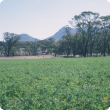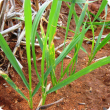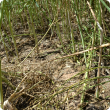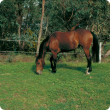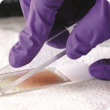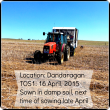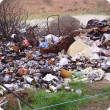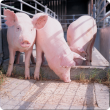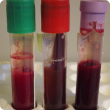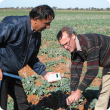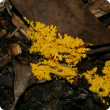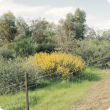Services
Search in Services
Filter services by topic
- Pests, weeds & diseases (197) Apply Pests, weeds & diseases filter
- Crops (163) Apply Crops filter
- Biosecurity & quarantine (142) Apply Biosecurity & quarantine filter
- Diseases (129) Apply Diseases filter
- Biosecurity (128) Apply Biosecurity filter
- Livestock & animals (118) Apply Livestock & animals filter
- Livestock biosecurity (95) Apply Livestock biosecurity filter
- Grains (92) Apply Grains filter
- Climate, land & water (90) Apply Climate, land & water filter
- Livestock health & diseases (88) Apply Livestock health & diseases filter
- Livestock disease surveillance (84) Apply Livestock disease surveillance filter
- Livestock species (74) Apply Livestock species filter
- Grains research & development (70) Apply Grains research & development filter
- Land use (55) Apply Land use filter
- Horticulture (53) Apply Horticulture filter
- Small landholders in Western Australia (48) Apply Small landholders in Western Australia filter
- Production & postharvest (45) Apply Production & postharvest filter
- Livestock management (45) Apply Livestock management filter
- Canola (44) Apply Canola filter
- Fruit (39) Apply Fruit filter
- Pests (38) Apply Pests filter
- Pest insects (30) Apply Pest insects filter
- Sheep (27) Apply Sheep filter
- Emergency animal disease preparedness (26) Apply Emergency animal disease preparedness filter
- Beef cattle (26) Apply Beef cattle filter
- Wheat (23) Apply Wheat filter
- Control methods (23) Apply Control methods filter
- Quarantine (22) Apply Quarantine filter
- Fungi (22) Apply Fungi filter
- Importing to Western Australia (20) Apply Importing to Western Australia filter
- Plant biosecurity (18) Apply Plant biosecurity filter
- Dairy cattle (18) Apply Dairy cattle filter
- Plant nutrition (16) Apply Plant nutrition filter
- Management & reproduction (16) Apply Management & reproduction filter
- Soils (16) Apply Soils filter
- Fertiliser (16) Apply Fertiliser filter
- Chemicals (16) Apply Chemicals filter
- Pastures (15) Apply Pastures filter
- Feeding & nutrition (15) Apply Feeding & nutrition filter
- Sowing (13) Apply Sowing filter
- Weeds (13) Apply Weeds filter
- Pigs (13) Apply Pigs filter
- Livestock movement & identification (13) Apply Livestock movement & identification filter
- Importing animals (12) Apply Importing animals filter
- Citrus (12) Apply Citrus filter
- Poultry & birds (11) Apply Poultry & birds filter
- Crop diseases (11) Apply Crop diseases filter
- Quality assurance schemes (10) Apply Quality assurance schemes filter
- Intrastate movement (10) Apply Intrastate movement filter
- Exporting from Western Australia (10) Apply Exporting from Western Australia filter

